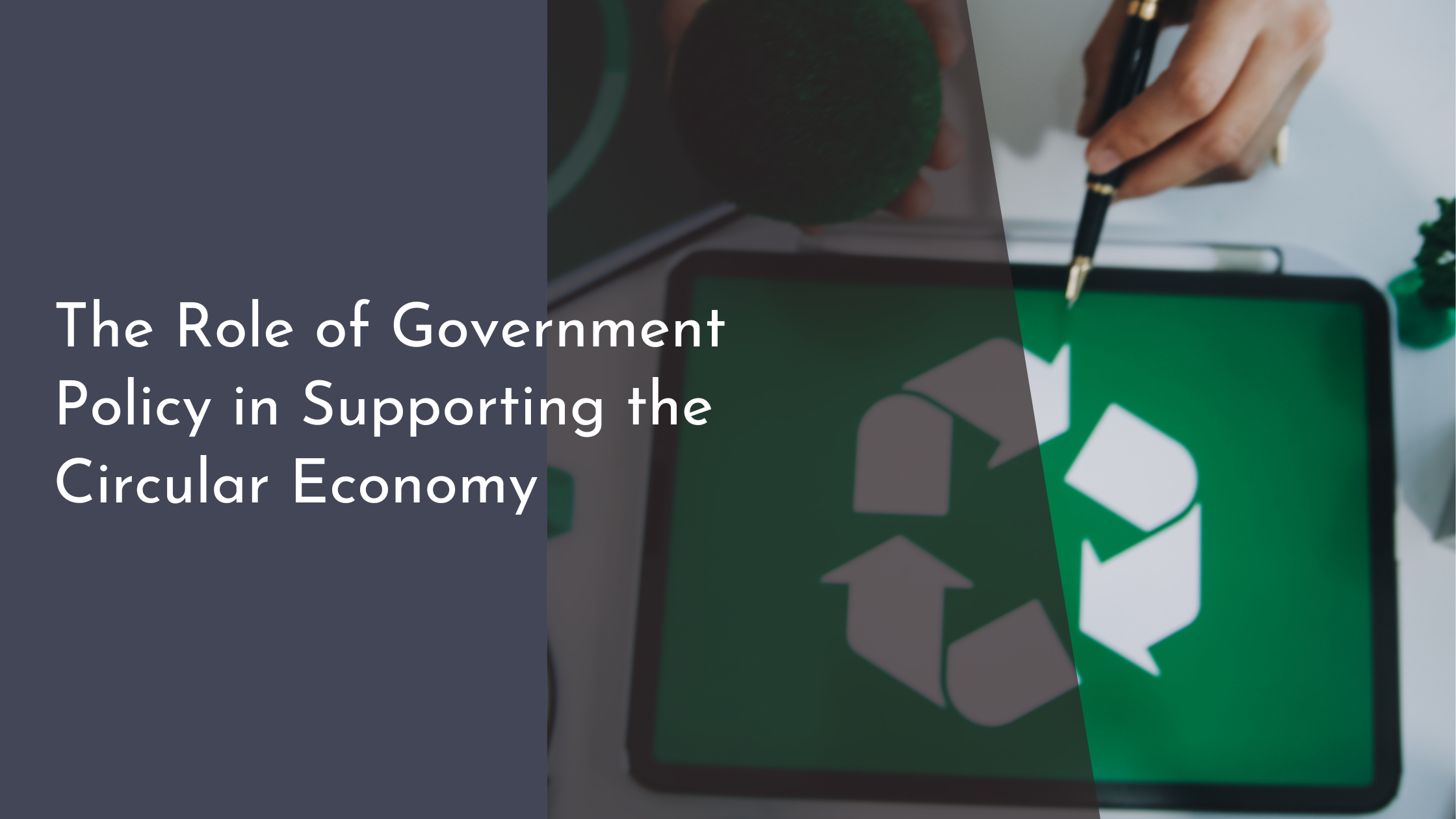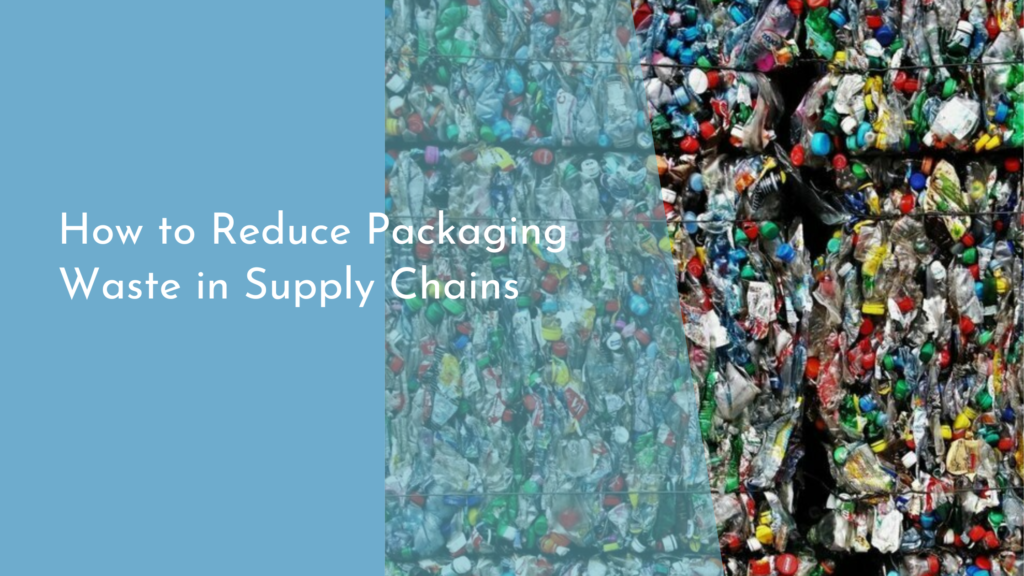The Role of Government Policy in Supporting the Circular Economy
The circular economy represents a transformative shift from the traditional linear economy of “take, make, dispose” to a more sustainable model that emphasizes reducing waste, reusing resources, and recycling materials. As environmental concerns mount and natural resources become increasingly strained, the adoption of a circular economy is gaining momentum globally. Government policy plays a crucial role in facilitating this transition by setting regulations, providing incentives, and fostering innovation. This article explores the foundational concepts of the circular economy, highlights key government initiatives, examines global success stories, and discusses the future prospects and challenges in advancing this sustainable economic model.
Understanding the Circular Economy Framework
The circular economy framework is designed to maximize resource efficiency and minimize environmental impact through a closed-loop system. Unlike the traditional economic model, which often leads to significant waste and pollution, the circular economy aims to keep products, materials, and resources in use for as long as possible. This approach not only reduces the extraction of raw materials but also encourages the design of products with longevity, repairability, and recyclability in mind. By focusing on maintaining the value of resources, the circular economy helps to create a sustainable balance between economic growth and environmental preservation.
Central to this framework is the concept of “closing the loop,” which involves strategies such as product life extension, resource recovery, and regenerative design. Product life extension focuses on repairing, refurbishing, and remanufacturing items to extend their usability. Resource recovery emphasizes the extraction of valuable materials from waste, promoting recycling and composting practices. Regenerative design prioritizes the creation of products and systems that restore and rejuvenate the natural ecosystem. Together, these strategies form the backbone of the circular economy, providing a roadmap for sustainable development and resource management.
Key Government Policies and Initiatives
Governments around the world are recognizing the importance of the circular economy and are implementing policies to support its growth. One common approach is the introduction of regulatory measures that encourage businesses to adopt circular practices. These regulations may include mandatory recycling targets, bans on single-use plastics, and extended producer responsibility (EPR) schemes, which hold manufacturers accountable for the entire lifecycle of their products. By setting clear guidelines and standards, governments can create a level playing field for businesses and drive the transition towards more sustainable production and consumption patterns.
In addition to regulations, governments are also offering incentives to promote circular economy initiatives. Financial support, such as grants, subsidies, and tax breaks, can help businesses invest in innovative technologies and processes that align with circular principles. For example, funding may be provided for research and development of sustainable materials, waste reduction technologies, and eco-friendly product designs. Furthermore, governments can support public-private partnerships that foster collaboration and knowledge-sharing between different stakeholders. By creating an enabling environment through supportive policies and incentives, governments can accelerate the adoption of circular economy practices across industries.
Case Studies: Success Stories Worldwide
Several countries have emerged as leaders in the circular economy, showcasing successful implementation of policies and initiatives that have driven tangible results. In the Netherlands, the government has set an ambitious target to become fully circular by 2050. This commitment is supported by a comprehensive national program that promotes circular design, business innovation, and resource efficiency. Initiatives such as “Circular Amsterdam” and the “Green Deal” partnerships have facilitated collaboration between government, businesses, and citizens, resulting in significant progress in recycling rates and waste reduction.
Another notable example is Sweden, which has implemented a range of policies to promote a circular economy, including reduced VAT rates on repairs and tax incentives for using recycled materials. The Swedish government’s focus on creating a sustainable waste management system has led to impressive outcomes, with less than 1% of household waste going to landfill. By prioritizing recycling, composting, and energy recovery, Sweden has not only minimized waste but also created economic opportunities in the recycling and renewable energy sectors. These success stories demonstrate the potential impact of effective government policies in advancing the circular economy.
Future Prospects and Challenges Ahead
The future of the circular economy looks promising, with increasing awareness and commitment from governments, businesses, and consumers driving its growth. As technology continues to advance, new solutions for resource recovery, product design, and waste management are emerging, offering exciting opportunities for further progress. Governments are likely to play a crucial role in supporting these developments by updating policies and regulations to reflect the evolving landscape. Collaborative efforts between nations, industries, and communities will be essential to scale circular economy practices globally and address shared challenges such as resource scarcity and climate change.
Despite the positive outlook, several challenges remain in achieving a fully circular economy. One significant obstacle is the existing infrastructure and systems tailored to the linear economy, which may require substantial investment and restructuring to align with circular principles. Additionally, there is a need for greater consumer awareness and behavioral change to support circular practices such as recycling and sustainable consumption. Overcoming these challenges will require continued innovation, collaboration, and commitment from all stakeholders. However, with the right policies and incentives in place, the circular economy has the potential to deliver lasting environmental and economic benefits.
In conclusion, government policy is a vital catalyst for the transition to a circular economy. By creating a supportive regulatory framework and providing financial incentives, governments can encourage businesses and consumers to adopt sustainable practices. The success stories from countries like the Netherlands and Sweden illustrate the transformative impact that effective policies can have in driving circular economy initiatives. As we look to the future, the continued development and implementation of innovative solutions will be key to overcoming challenges and achieving a more sustainable and resilient global economy. By embracing the principles of the circular economy, we can pave the way for a greener, more prosperous future for all.


